Browsing the "Cretaceous" Category
The Cretaceous period is a division of earth’s history spanning from around 145 to 66 million years ago, and during which enormous deposits of Chalk were formed across Europe. The Cretaceous was a warm period with temperatures on average 4°C above present. Sea levels gradually rose through the Cretaceous; attaining a maximum of around 200 meters above the present level, and resulting in the formation of shallow seas as large areas of the continents became flooded. During the Cretaceous the supercontinents of Laurasia and Gondwana continued to break up; opening the Indian and Atlantic Oceans. In the oceans, teleosts, a major group of bony fish, began to flourish along with modern sharks and rays. Diatoms, a group of planktonic algae, also began to diversify. On land the first true mammals and birds evolved while dinosaurs remained dominant. A major floral revolution took place during the Cretaceous with the emergence and gradual diversification of flowering plants. The end of the Cretaceous is marked by one of the most catastrophic extinctions in earth’s history. Dinosaurs, pterosaurs, ammonites, belemnites, rudist bivalves and many groups of marine reptiles were among those wiped out. An Iridium rich layer found globally at the Cretaceous/Paleogene boundary, along with a vast impact crater in Mexico, lead many to believe that a meteor was responsible for the end Cretaceous extinction. However, massive volcanism in India, contemporaneous with the extinction, may also have been a contributing factor.
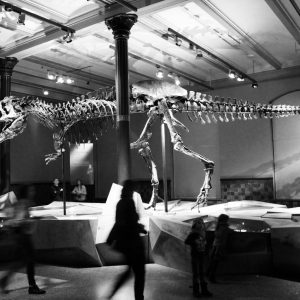
Published on July 18th, 2017 | by Guest Blogger
“Must go faster!” yells Dr Ian Malcolm, as his mangled, yet rather toned, body was hauled away in the Jurassic Park jeep, his lovely hair swaying in the wind as they fled from the Tyrannosaur paddock, [&hellip... Read More →
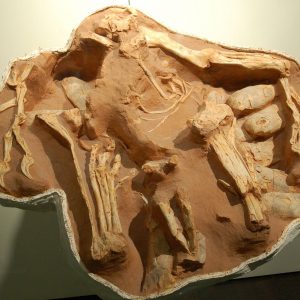
Published on July 7th, 2017 | by Guest Blogger
Implications for Dinosaur Nesting Behaviour and Thermophysiology Oviraptorosaurs had received a pretty bad reputation when they first popped onto the scene. Initially, palaeontologists branded these creatures as “egg plunderers”, due to the discovery of an individual, [&hellip... Read More →
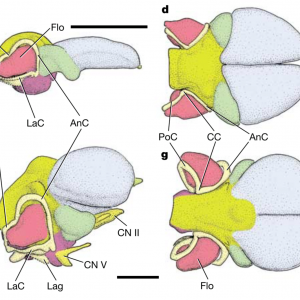
Published on June 26th, 2017 | by Guest Blogger
With advancements in computed tomography (CT) scanning comes an increased understanding of the internal structures preserved in extant and extinct animals, providing a non-destructive way of peering into the bones and revealing their secrets. Along with [&hellip... Read More →

Published on June 18th, 2017 | by Guest Blogger
Articles on dinosaur neurovasculature are like buses: you wait for most of the Phanerozoic for one to arrive and then two appear at once. Indeed, 2017 saw the publication of two articles relating to the purpose [&hellip... Read More →
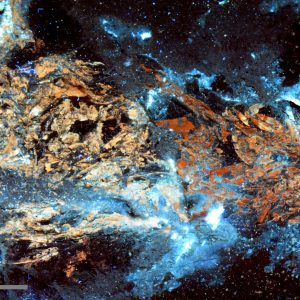
Published on May 2nd, 2017 | by David Marshall
Palaeontology is a constantly evolving field; when new methods and techniques are invented, they allow us to revisit old fossils and test our previous observations and hypotheses. Recently, an exciting new method called ‘Laser-Simulated Fluorescence’ (LSF) has [&hellip... Read More →
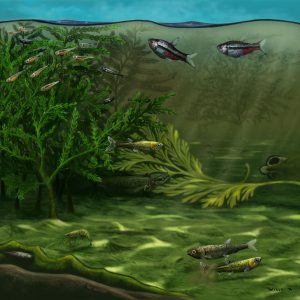
Published on January 18th, 2017 | by David Marshall
Las Hoyas is a Early Cretaceous lagerstätte (site of special preservation) located close to the city of Cuenca, Spain. In this episode, we welcome Ángela Delgado Buscalioni and Francisco José Poyato-Ariza, both from the Universidad Autónoma [&hellip... Read More →
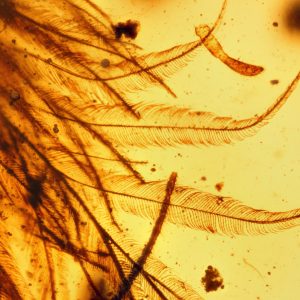
Published on December 8th, 2016 | by David Marshall
Researchers from China, Canada, and the University of Bristol have discovered a dinosaur tail complete with its feathers trapped in a piece of amber. The finding reported today in Current Biology helps to fill in details [&hellip... Read More →
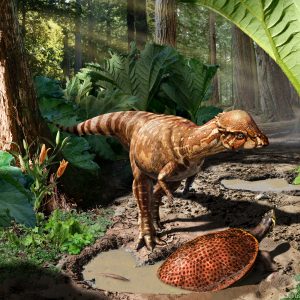
Published on October 1st, 2016 | by Liz Martin-Silverstone
The last 10 years has shown a large increase in the number of new species and new discoveries of dinosaurs, as well as the number of papers written. It seems that almost every week there is a [&hellip... Read More →
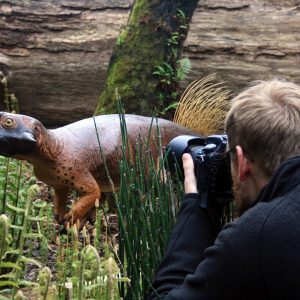
Published on September 16th, 2016 | by David Marshall
We sat down in the Senckenberg Museum, Frankfurt, with Dr Jakob Vinther, University of Bristol, to examine the colour patterns of Psittacosaurus. This exquisite fossil has its skin preserved intact and so we’re able to make [&hellip... Read More →
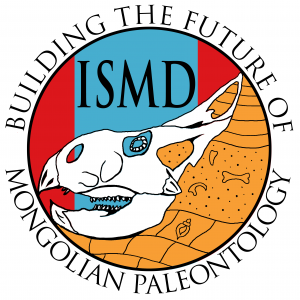
Published on June 28th, 2016 | by Laura Soul
Mongolia is a vast country with fossils from almost every period in the history of life. Important specimens representing the origin of birds, the origin of mammals, many unique dinosaur species, and the first dinosaur eggs to [&hellip... Read More →





















